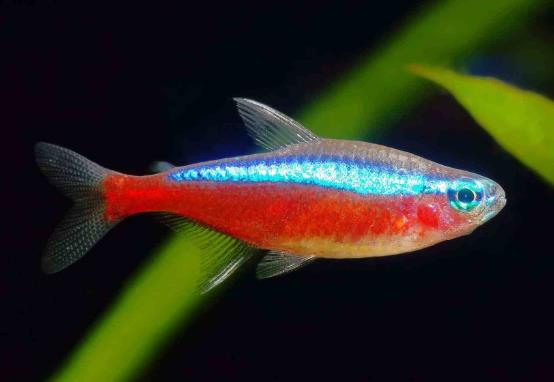The diet of neon tetras (including neon tetras, cardinal tetras, etc.) should combine their natural habits with the needs of artificial breeding, as detailed below:

1. Natural Live Baits
Small Plankton: Such as water fleas, cyclops, brine shrimp larvae, etc., which are suitable for their small mouthparts to swallow.
Worms: Tubifex worms, bloodworms, etc., are rich in protein and can enhance body color.
Insect Larvae: Mosquito larvae (such as wigglers) can stimulate their predatory instincts.
2. Artificial Feeds
Pellet/Flake Feeds: Choose ultra-fine pellets or easily digestible flakes to avoid feeding difficulties caused by overly large particles.
Astaxanthin Feeds: Help maintain bright body colors, especially suitable for color-developing species like neon tetras.
3. Feeding Recommendations
Frequency: Adult fish should be fed 1-2 times a day, while juvenile fish can be fed up to 3 times a day. The amount of each feeding should be consumed within 3-10 minutes.
Precautions:
Live baits should be disinfected with potassium permanganate to prevent parasitic infections.
Avoid overfeeding to prevent water quality deterioration, and combine with regular water changes (1/3 per week).
4. Special Needs
During the breeding period, increase the proportion of live baits (such as water fleas) to improve the physical condition of parent fish.
When mixed breeding, ensure that the sinking speed of food is moderate to avoid being snatched by other fish.
A reasonable combination of live baits and artificial feeds can not only meet nutritional needs but also reduce water quality pollution.
